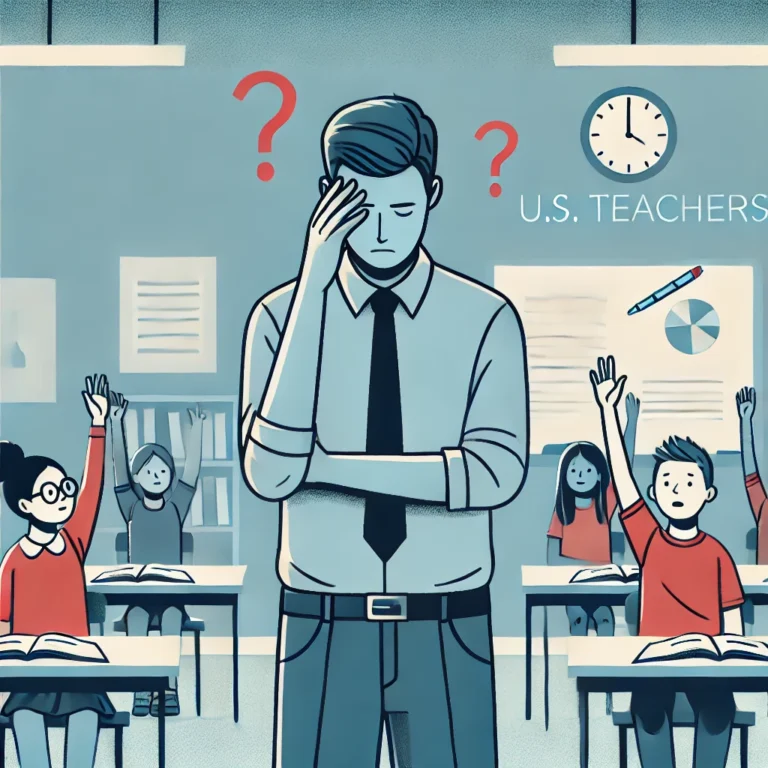Teaching is one of the most rewarding yet challenging professions. In the U.S., teachers face a variety of obstacles that can make their job incredibly difficult. These challenges not only affect their professional lives but also have a direct impact on student learning and overall educational outcomes. In this blog, we will explore five of the most common challenges teachers in the U.S. encounter on a daily basis and discuss how these obstacles shape the classroom experience.
1. Overcrowded Classrooms
One of the most pressing issues is overcrowded classrooms. Many schools, especially in urban and underfunded areas, are forced to accommodate more students than is optimal for learning. This makes it difficult for teachers to provide individual attention and support to every student, ultimately affecting academic achievement and teacher satisfaction. Research shows that smaller class sizes allow for more meaningful student-teacher interactions, but budget cuts and staffing shortages continue to fuel the overcrowding problem.
2. Lack of Resources
U.S. teachers often have to work with limited resources. From outdated textbooks and insufficient classroom supplies to inadequate access to technology, many educators are forced to find creative ways to make do with what they have. In some cases, teachers even spend their own money to buy basic materials for their students. The lack of resources can make it harder to engage students in lessons, especially when trying to teach with outdated or broken equipment.
3. High Workload and Burnout
Teachers are not just responsible for delivering lessons; they also handle a variety of administrative tasks, extracurricular activities, and student counseling. The pressure to meet state and national standards adds to this workload, leaving teachers overworked and stressed. The high demands of the job, combined with long hours spent grading and planning, often lead to burnout, which is one of the primary reasons many teachers leave the profession prematurely.
4. Student Behavior and Discipline Issues
Managing student behavior can be one of the most challenging aspects of teaching. Teachers often face disruptive behaviors that can derail lessons and hinder the learning environment. Dealing with these issues requires a delicate balance of authority and empathy, but without proper support from school administration, teachers can feel isolated in handling difficult situations. Behavioral challenges are more pronounced in schools where social and emotional learning (SEL) programs are not well-integrated.
5. Standardized Testing Pressure
Standardized testing remains a significant source of stress for both teachers and students in the U.S. Teachers are often evaluated based on their students’ test scores, which can create a high-pressure environment in the classroom. This focus on “teaching to the test” can limit teachers’ creativity and restrict their ability to offer more diverse and meaningful learning experiences. The emphasis on testing also tends to overlook other important skills and subjects, such as critical thinking, arts, and physical education.
Despite these challenges, U.S. teachers remain dedicated to their students and to the craft of teaching. However, addressing these issues is crucial to creating a more supportive and effective learning environment for both teachers and students. By understanding the obstacles teachers face, we can advocate for better policies, resources, and support systems that will ultimately improve education in the U.S.


